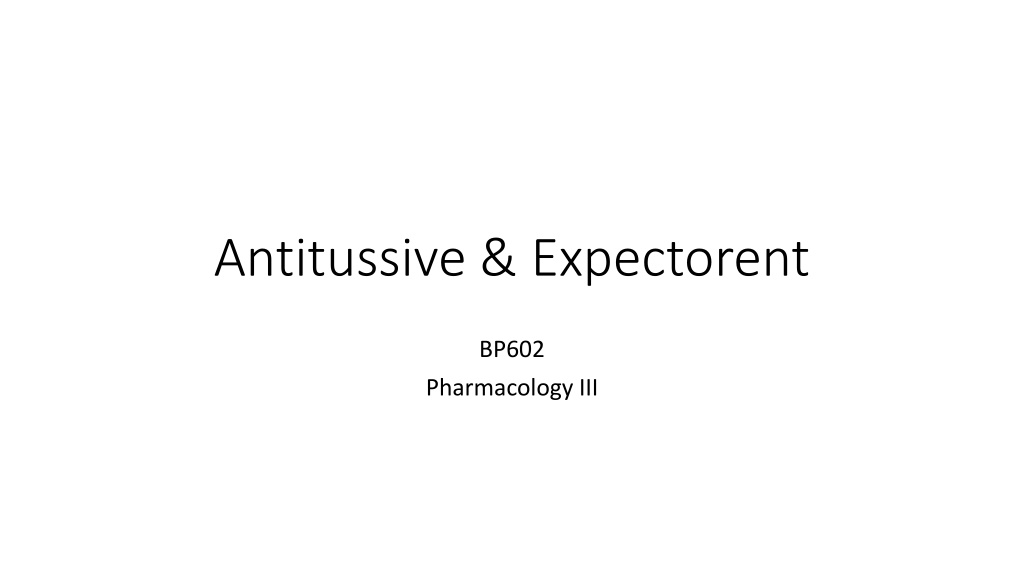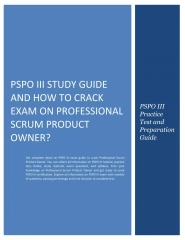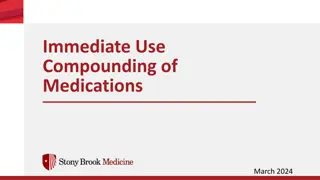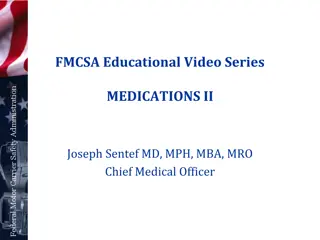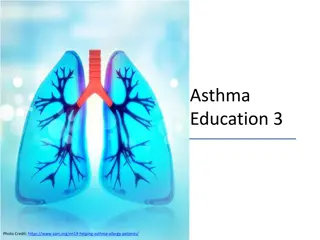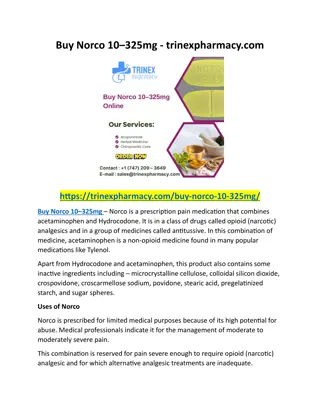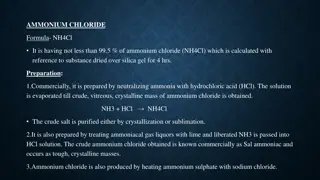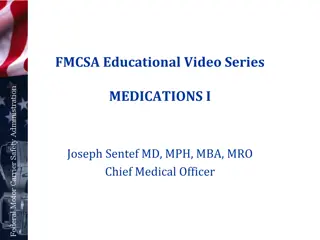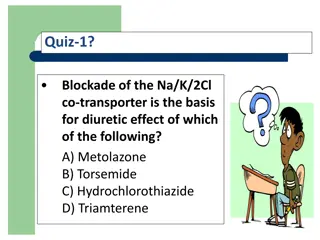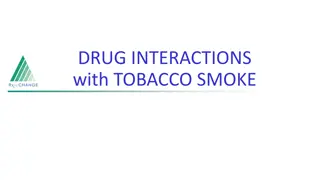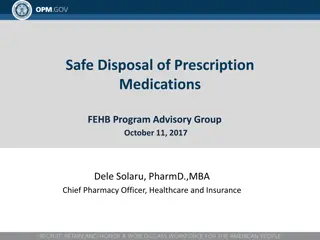Understanding Antitussive and Expectorant Medications in Pharmacology III
Cough is a vital reflex that helps clear irritants from the respiratory tract. Antitussives suppress cough reflex, with varying mechanisms of action. Different types of drugs are used in the symptomatic treatment of cough, classified based on their modes of action. Dextromethorphan and codeine are commonly used antitussive agents, each with unique properties and potential side effects.
Download Presentation

Please find below an Image/Link to download the presentation.
The content on the website is provided AS IS for your information and personal use only. It may not be sold, licensed, or shared on other websites without obtaining consent from the author. Download presentation by click this link. If you encounter any issues during the download, it is possible that the publisher has removed the file from their server.
E N D
Presentation Transcript
Antitussive & Expectorent BP602 Pharmacology III
Cough Cough, a protective reflex, helps to expel irritant matter from the respiratory tract. This is necessary for preventing mechanical obstruction to breathing. Cough may be: Productive, associated with a large amount of sputum; or Non-productive, dry and usually useless. Environmental pollutants may cause cough by irritating the lungs, trachea or bronchi. Smoking cigarettes is a well-known cause of chronic persistent cough. Cough due to the inhalation of allergens such as dust, chemicals and pollen is commonly observed in asthmatics. The commonest cause of transient cough is common cold, and is due to postnasal drip that stimulates receptors in the upper respiratory tract.
Antitussive Depression of cough reflex Cough suppression (antitussive effect), surprisingly, does not correlate closely with the analgesic and respiratory depressant actions of opioids, and its mechanism at the receptor level is unclear. In general, increasing substitution on the phenolic hydroxyl group of morphine increases antitussive relative to analgesic activity. Codeine and pholcodine suppress cough in subanalgesic doses but they cause constipation as an unwanted effect Antitussives (tussis: Latin for cough ) or cough suppressants are used for immediate symptomatic relief of dry cough and are not substitutes for the specific therapy of the underlying cause. They act either centrally or peripherally.
Drugs used in the symptomatic treatment of cough classification: I Pharyngeal demulcents and local sialogogues, e.g., Syrups and Linctuses. II Expectorants which increase the respiratory tract fluid, e.g., Ammonium salt. III Central cough suppressants, Opioids and related drugs e.g. Codeine, Dextromethorphan, Pholcodeine, Levopropoxyphene, Noscapine. Non-opioids e.g., Caramiphene, Pipezethate. Antihistaminics e.g. Diphenhydramine, Chlorcyclizine. IV Peripherally acting compounds: Local anaesthetics e.g. Benzonatate, Levodropropizine and Nebulised lignocaine. Mucolytics that help by liquefying thick secretions e.g. Acetylcysteine; and Anticholinergics e.g. Ipratropium bromide by metered dose inhalation.
Dextromethorphan, the dextro-isomer of the opioid analgesic levorphanol, suppresses cough but has very low affinity for opioid receptors and its cough suppressing action, unlike that of opioids, is not antagonised by naloxone. It is an uncompetitive NMDA receptor antagonist this might explain why at high doses it evokes CNS effects similar to ketamine and may be abused and has putative actions at receptors. It is believed to work at various sites in the brain stem and medulla to suppress cough. In addition to its antitussive action, dextromethorphan is neuroprotective and has an analgesic action in neuropathic pain Codeine (methylmorphine) is a weak opioid with considerably less addiction liability than a strong opioid, and is a mild cough suppressant. It decreases secretions in the bronchioles, which thickens sputum, and inhibits Dextromethorphan (a drug with many actions, including -receptor and sigma-1-receptor agonist, non-selective serotonin-uptake inhibitor) and pholcodine ( -receptor agonist with weak analgesic effects) have less adverse effects than codeine. Respiratory depression is a risk with all centrally acting cough suppressants. Morphine is used for palliative care in cases of lung cancer associated with distressing cough ciliary activity. Constipation is common.
EXPECTORANTS The Latin word expectorare means to drive from the chest . Expectorants are the drugs which increase the production of demulcent respiratory tract fluid that covers and protects the irritated mucosa. Expectorants can stimulate the output of respiratory tract fluid either directly or reflexly Direct stimulants: Volatile oils like oil of eucalyptus, anise and lemon, administered orally or inhaled with steam, increase the respiratory secretions probably by a direct action. Alcohol and cedar wood oil (active ingredient terpene hydrochloride), added to steam inhalation, have a similar effect. Large doses of creosote and guaiacol have also been shown to possess this action in animals; and glyceryl guaiacolate forms an important ingredient of many commercial cough mixtures. Guaifenesin, in addition, inhibits cough reflex sensitivity in URTI. However, usefulness of these compounds is limited.
Reflex expectorants: These drugs act by stimulating the gastric reflex which helps to increase the respiratory secretions. Obviously, they produce mild irritation of the gastric mucosa and may produce nausea. Thus, emetic drugs in subemetic doses increase bronchial secretion producing a less tenacious sputum, easier to expectorate. Certain salts which produce such an action are called as saline expectorants. Ipecacuanha containing an alkaloid emetine is sometimes used as an expectorant. Tincture ipecacuanha 1 ml may increase the respiratory tract fluid and lower the viscosity of the sputum. However, it often produces anorexia and nausea. Saline expectorants: Ammonium carbonate, once, used as a saline expectorant, causes anorexia and nausea. It is no more recommended. Potassium salts: Potassium iodide (KI) used commonly for this purpose, probably acts both directly and reflexly. It increases the respiratory secretion, and has a reputation for liquefying the thick, viscid fluid. It is generally advocated in productive cough associated with chronic bronchitis, asthma and emphysema. It is administered orally in a dose of 300 mg thrice daily in mixture form. The mixture has a slightly bitter saline taste. Potassium iodide can cause symptoms of iodism, characterised by nasal catarrh, conjunctival swelling, edema of eyelids, lacrimation, edema of the larynx, headache and various types of skin rashes. Chronic administration occasionally gives rise to goitre and may rarely cause hypothyroidism. Potassium citrate, though less effective than potassium iodide, is less unpleasant. The active alkaloid, vasicine, and its derivative vasicinone, from the leaves of Adhatoda vasaca, possess weak bronchodilator, expectorant and mucolytic properties. The aqueous extract of leaves of this plant in syrupy base appears to be safe and effective and has been used as a home remedy in India for ages.
